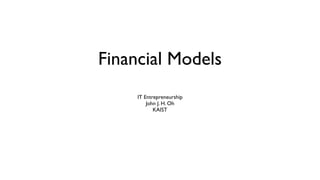Zipcar's business model relies on subscription fees from members and hourly rental fees. The key drivers of Zipcar's economics are the number of subscribers, hourly rental fees, and vehicle utilization rates. While the purchase of vehicles represents a large up-front fixed cost, ongoing costs like parking and maintenance are avoided when vehicles are rented by members. Zipcar's financial success depends on optimizing vehicle usage to cover fixed costs and generate profits. The founders should focus on growing the member base and improving vehicle usage rates through expanded offerings and locations.







































